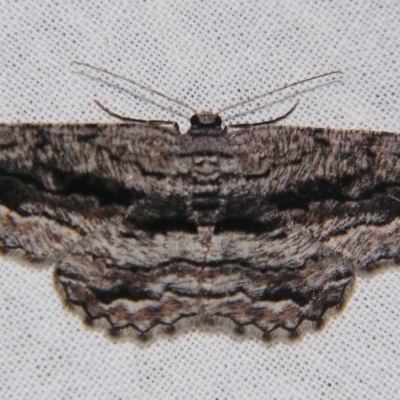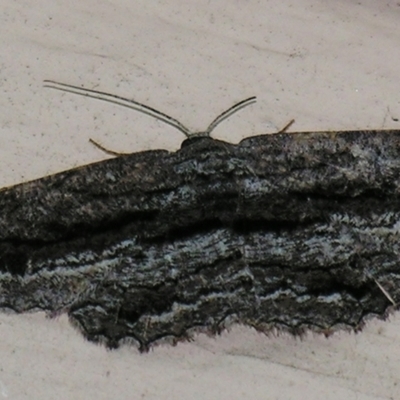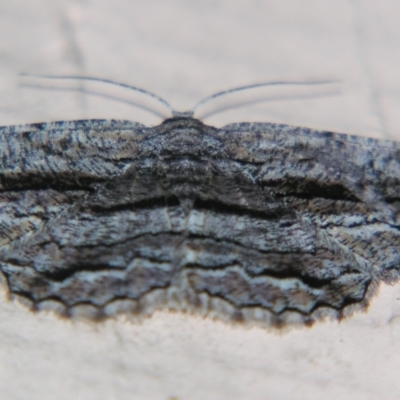Moth (Lepidoptera) species
Useful references:
- CSIRO's Australian National Insect Collection (ANIC) - Australian Moths Online
- Don Herbison-Evans web pages:
In the notes provided about individual species, semi-technical terms are sometimes used. They are briely explained below.
Labial palpi. These are paired appendages extending from the lower part of the head, on either side of the proboscis. They provide important information about the family of the moth.
Parts of a moth’s wing:
Costa: The leading edge of the wing
Inner margin: The trailing edge of the wing
Termen: The outer margin of the wing, connecting the costa to the inner margin
Apex: The leading tip of the wing, where the costa and termen meet
Tornus: The trailing corner of the wing, where the termen and inner margin meet
Cilia. Long hairy scales along an edge of the wing
















































































































